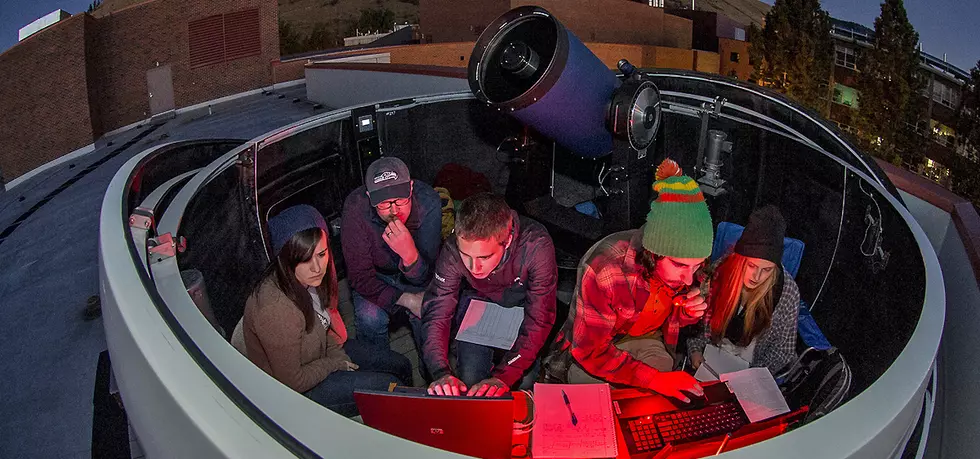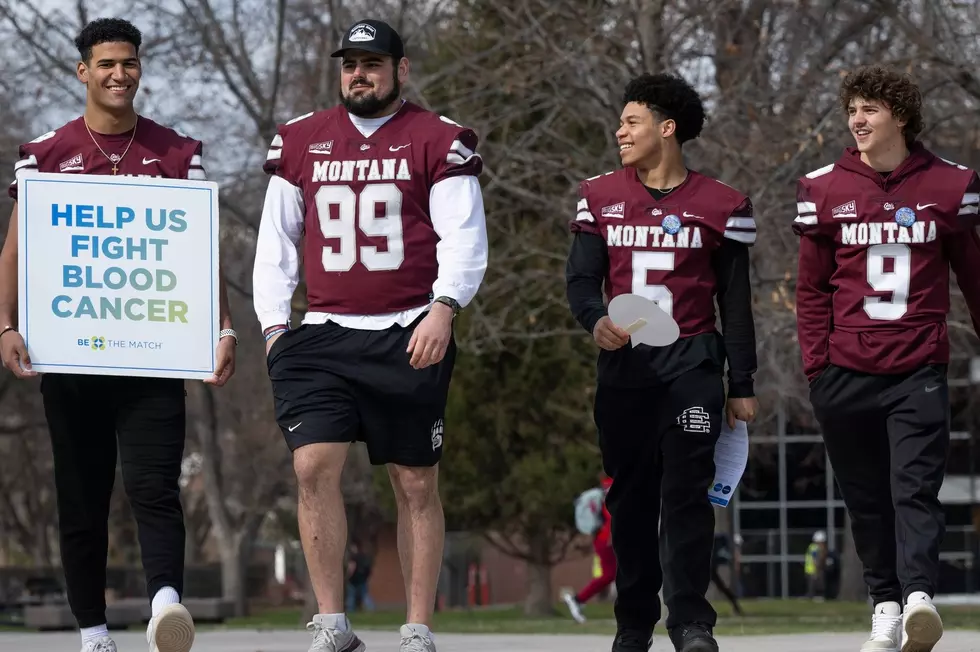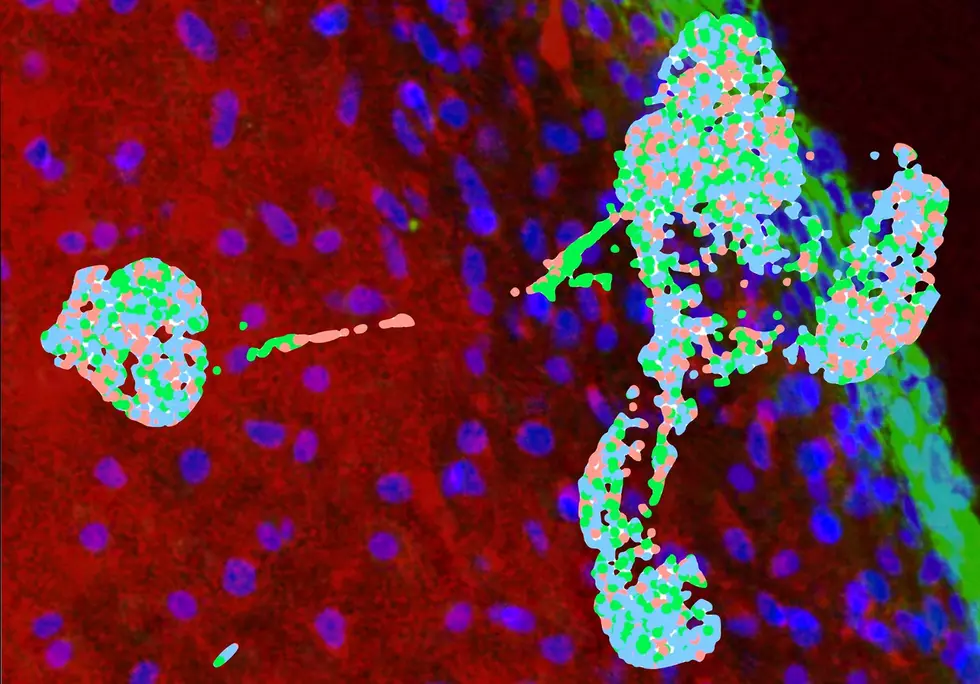
Studies Are ‘Looking Up’ at UM and MSU
The University of Montana Astronomy Bachelor's degree program is one of the top 20 "Most Affordable" programs in the nation, according to Great Value Colleges. The organization's website lists the Missoula school as 18th for its "affordability, outstanding reputation, faculty excellence and commitment to providing students with a high-quality education." The UM astronomy program includes bachelor's degrees in physics and a minor in astronomy. UM participates in NASA projects and in the MINERVA study to detect exoplanets around nearby stars, in partnership with Harvard, Penn State and the University of Southern Queensland. Professor Andrew Ware said, "We are proud of what our students, faculty and staff have accomplished." A UM news release reported a majority of students with get a B.A. degree in physics with a concentration in astronomy go on to graduate school including Harvard, CU-Boulder and Boston University. The astronomy program also operates the popular Star Gazing Room planetarium and the Blue Mountain Observatory.
Montana State University in Bozeman is also known for its Department of Physics, including a new search, led by MSU astrophysicist Amy Reines, (see photo below) that has found over a dozen black holes in dwarf galaxies. Reines' study of over 100 galaxies thought to be too small to include black holes found at least 13 that could host the gravity sinks. And, the massive black holes she found were not in the center of the galaxies, where they are usually found (such as in our own Milky Way Galaxy). Instead, she said in a news release, the massive black holes were "roaming around the outskirts. I was blown away when I saw this." Black holes have gravitational forces that are strong enough to capture light. Reines' paper, "A New Sample of (Wandering) Massive Black Holes in Dwarf Galaxies from High Resolution Radio Observations," was published January 3rd. She presented the study at January's American Astronomical Society meeting in Hawaii. Reines has been looking for black holes for over 10 years, using both visual observations and radio telescopes. The most recent study is increasing interest in how the massive black holes are created. Reines is an assistant professor in the Department of Physics in the College of Letters and Sciences and a researcher in MSU's eXtreme Gravity Institute.
More From 94.9 KYSS FM








